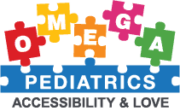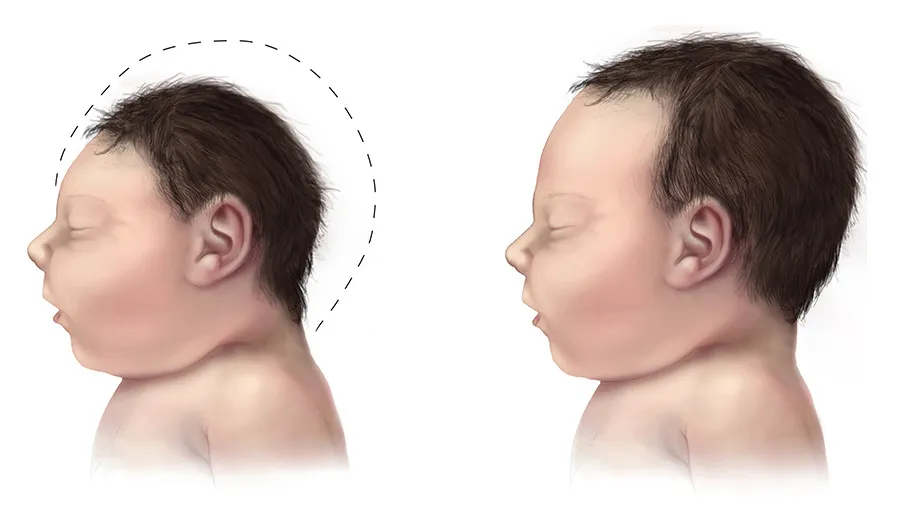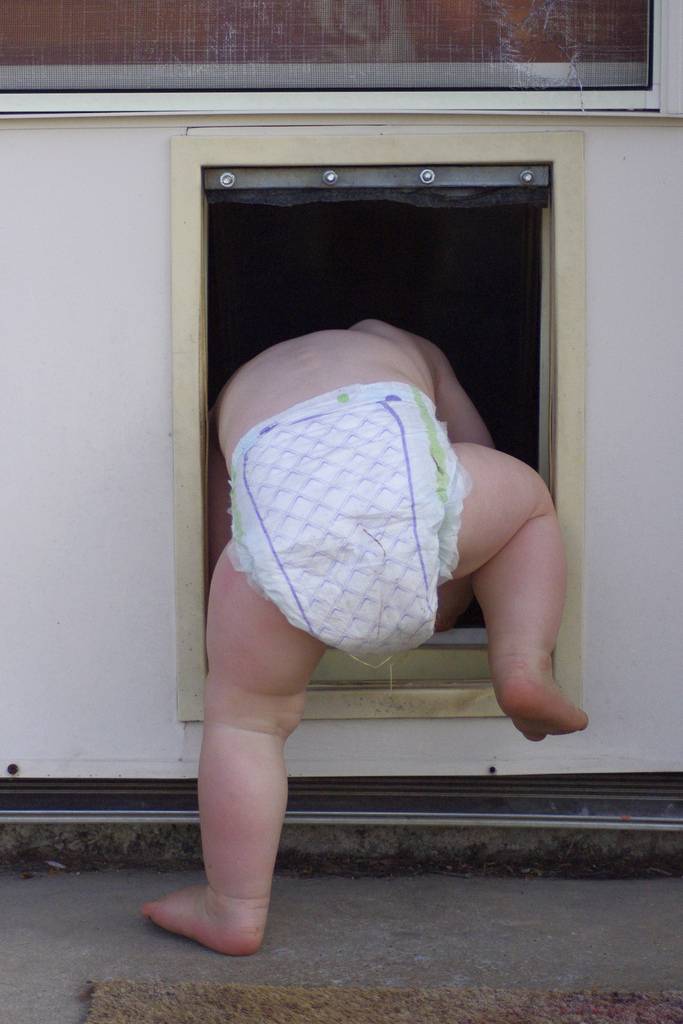Rashes are incredibly common in children—and they can show up for all kinds of reasons. Sometimes it’s just dry skin or heat. Other times, it might be something contagious like a virus or even a reaction to something they touched.
For parents, figuring out what’s causing a rash (and whether it’s something to worry about) can feel overwhelming. That’s why we created this simple, go-to guide. We’ll walk you through the most common childhood rashes, explain what they usually mean, and help you know exactly when it’s time to call your pediatrician.
Why Children Get Rashes So Often
If your child seems to get rashes all the time, you’re not alone. Rashes are a regular part of growing up—and there are good reasons for that. Here’s why kids tend to be more prone to rashes than adults:
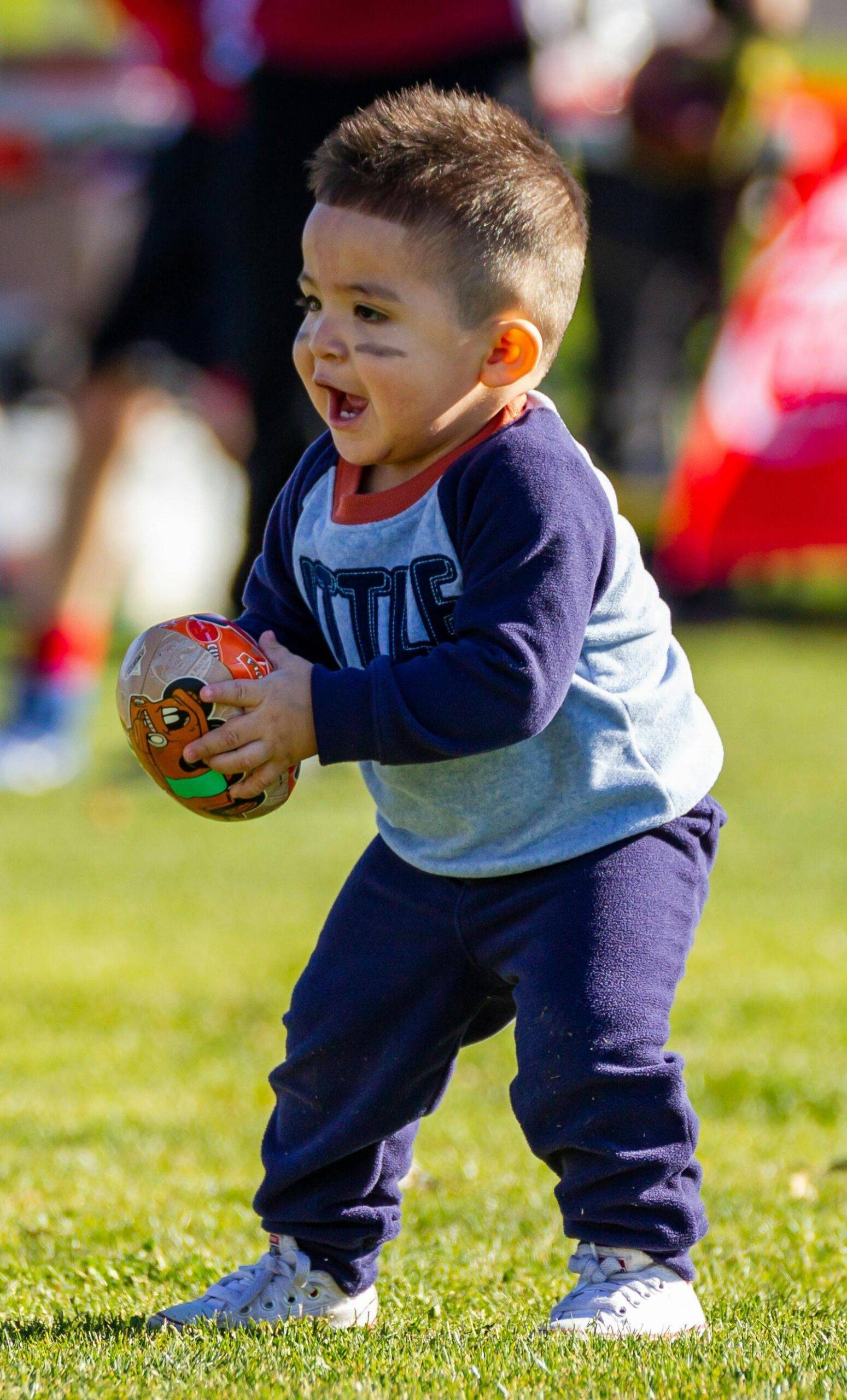
1. Constant Exposure to Germs
From daycare to playgrounds, children are constantly around other kids. That means they’re exposed to a variety of viruses and bacteria every day. These germs can cause mild infections that often show up as a skin rash. That’s why viral rashes are so common in young children.
2. Their Immune Systems Are Still Developing
A child’s immune system is like a work in progress. It’s still learning how to fight off infections and respond to different triggers. Because of this, their bodies might overreact—or not react fast enough—when faced with viruses, bacteria, or allergens. This can result in a rash as part of the body’s defense system.
3. Delicate, Sensitive Skin
Children’s skin is softer, thinner, and more sensitive than adult skin. That makes it more likely to react to things like soaps, laundry detergents, perfumes, or even certain fabrics. A small irritation for an adult could turn into a full-blown rash for a child.

4. More Likely to Have Allergies or Sensitivities
Kids often have allergies that haven’t been diagnosed yet. A food allergy, a new medication, or even seasonal pollen can all cause a rash. Skin reactions like hives (itchy welts) or eczema (dry, itchy patches) are often the first sign of a developing allergy or sensitivity.
Common Viral Rashes (often accompanied by other symptoms)
1. Fifth Disease (Erythema Infectiosum)
- Cause: Parvovirus B19.
- Symptoms: “Slapped cheek” rash on the face, followed by a lacy red rash on the body and limbs.
- Other signs: Mild fever, runny nose, and headache.
2. Roseola Infantum
- Cause: Human herpesvirus
- Symptoms: Sudden high fever lasting 3-5 days, followed by a pinkish rash on the trunk as the fever subsides.
- Age group: Typically affects children between 6 months and 2 years.
3. Hand, Foot, and Mouth Disease
- Cause: Coxsackievirus.
- Symptoms: Fever, sore throat, and a rash with blisters on the hands, feet, and inside the mouth.
- Contagiousness: Highly contagious, especially in childcare settings.
4. Chickenpox (Varicella)
- Cause: Varicella-zoster virus.
- Symptoms: Itchy red spots that turn into fluid-filled blisters, then scab over.
- Prevention: Vaccination has made chickenpox less common.
5. Measles
- Cause: Measles virus.
- Symptoms: High fever, cough, runny nose, red eyes, followed by a blotchy red rash that spreads from the face downward.
- Note: Rare due to vaccination, but still serious.
6. Rubella (German Measles)
- Cause: Rubella virus.
- Symptoms: Mild fever, swollen lymph nodes, and a pink rash that starts on the face and spreads.
- Note: Also rare due to vaccination.
Common Bacterial Rashes
1. Impetigo
- Cause: Staphylococcus or Streptococcus bacteria.
- Symptoms: Red sores that rupture, ooze, and form a yellow-brown crust, often around the nose and mouth.
- Contagiousness: Highly contagious; spreads through direct contact.
2. Scarlet Fever
- Cause: Group A Streptococcus bacteria.
- Symptoms: Red, sandpaper-like rash, high fever, and sore throat.
- Treatment: Requires antibiotics.
Other Common Rashes
1. Eczema (Atopic Dermatitis)
- Symptoms: Dry, itchy, red patches, often in skin creases like elbows and knees.
- Chronic condition: Can flare up periodically.
- Management: Moisturizers and avoiding triggers.
2. Contact Dermatitis
- Cause: Skin contact with irritants or allergens (e.g., soaps, plants, metals).
- Symptoms: Red, itchy rash at the contact site.
- Management: Identify and avoid the irritant; use topical treatments as needed.
3. Hives (Urticaria)
- Symptoms: Raised, itchy welts that can appear anywhere on the body.
- Triggers: Allergies, infections, stress, or unknown factors.
- Treatment: Antihistamines can help relieve symptoms.
4. Ringworm
- Cause: Fungal infection.
- Symptoms: Circular, scaly rash with a raised border.
- Treatment: Antifungal creams or medications.
5. Heat Rash (Miliaria)
- Cause: Blocked sweat ducts leading to trapped sweat.
- Symptoms: Small red bumps, often in warm, sweaty areas like the neck, chest, and diaper area.
- Prevention: Keep the skin cool and dry.
When to Call Your Pediatrician (Even If It’s Not an Emergency)
Not every rash is a medical emergency—but that doesn’t mean you should ignore it. If something seems off or your child is uncomfortable, it’s always okay to check in with your pediatrician. Here are some clear signs it’s time to make that call:
1. You’re Not Sure What It Is
Rashes can be confusing. If you look at your child’s skin and have no idea what you’re looking at—or what caused it—it’s a good idea to ask your doctor. A pediatrician can help you figure out if it’s something harmless or something that needs treatment.
2. The Rash Is Bothering Your Child
If the rash is itchy, painful, or keeping your child from sleeping or playing, don’t wait it out. Even if the rash isn’t dangerous, it still matters if it’s making your little one uncomfortable.
3. It’s Not Getting Better
Have you been treating the rash at home, but it’s still not clearing up after a few days? That’s a signal it might need more than just home remedies—especially if it seems to be spreading or changing in appearance.
4. You Think It Might Be an Infection
Some rashes are caused by bacteria or fungi, which usually need prescription treatment. If the rash looks like it’s weeping (oozing fluid), has a crusty surface, smells odd, or has red, swollen edges, it could be infected. Call your pediatrician for advice and possible antibiotics or antifungal creams.
5. You’re Just Worried
You know your child better than anyone. If something about the rash just doesn’t feel right—or if you simply feel unsure—listen to your instincts. It’s always okay to call your child’s doctor, even just for peace of mind.
✅ Tip: Pediatric clinics like Omega Pediatrics are experts at helping families with skin issues, from eczema to mystery rashes. Don’t hesitate to reach out when you need guidance.
🚨 When a Rash Is a Red Flag: Signs You Should Seek Emergency Help
Most rashes in kids are not serious. But sometimes, a rash is a sign that something more dangerous is going on—and in these cases, you need to act fast. If your child has any of the symptoms below, call your doctor right away or head to the nearest emergency room.
1. Rash With a High Fever and Looking Very Sick
If your child has a high fever along with a rash—and they seem extremely tired, pale, or in pain—this could be a serious infection. Don’t wait to get medical help.
2. Rash That Looks Like Bruises or Doesn’t Fade When Pressed
Try pressing a glass or a clear cup over the rash. If the spots don’t fade (this is called non-blanching), it might be a sign of bleeding under the skin. This could be linked to a dangerous condition like meningococcemia and needs emergency care right away.
3. Rash That Spreads Very Quickly
If the rash is spreading fast across your child’s body—especially if they also have swelling or breathing problems—it could be a sign of a serious allergic reaction or fast-moving infection.
4. Rash With Blisters or Open Sores
If you see blisters or raw, open wounds, the rash could be from something like chickenpox, impetigo, or even a severe allergic reaction. These types of rashes can get worse quickly and may need medication to prevent infection.
5. Rash With Trouble Breathing, Swelling, or Confusion
This is a true emergency. If your child has a rash plus:
- Trouble breathing
- Swelling of the face, lips, or tongue
- A stiff neck
- A bad headache
- Unusual drowsiness or confusion
Call 911 or go to the emergency room right away. These symptoms could mean a life-threatening allergic reaction or a brain infection like meningitis.
6. Rash That’s Extremely Painful
Pain is your body’s way of saying “something’s wrong.” If the rash hurts a lot, especially without any obvious cause like a cut or scrape, it may be a sign of infection or inflammation deep under the skin.
👉 Don’t guess—when in doubt, check it out! If your child has any of these red flag symptoms, trust your gut and seek emergency care. Fast action can make all the difference.
Know Your Child’s Rashes—Some Are Harmless, Others Require Medical Help
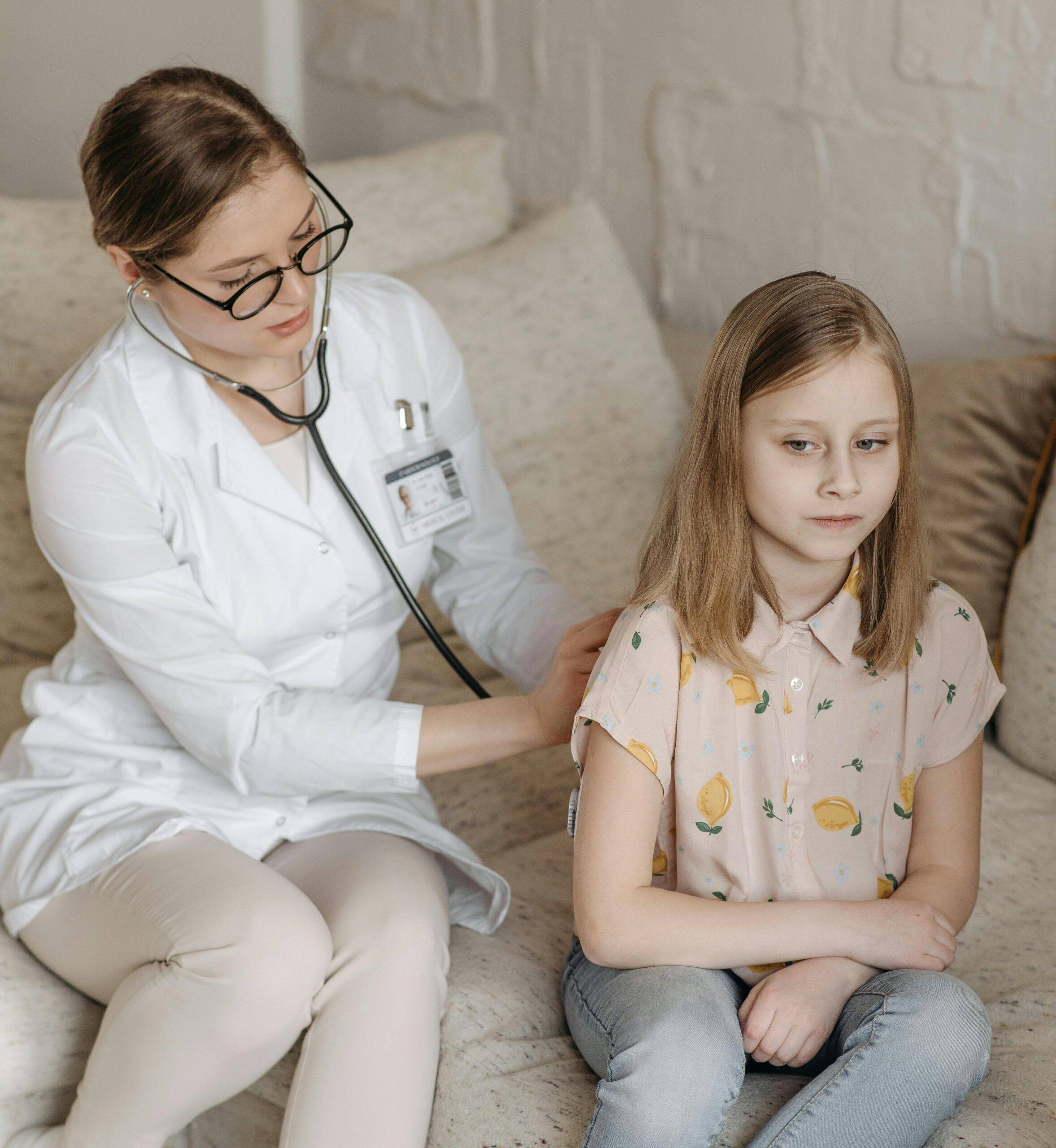
Childhood rashes are frequent and varied, often resulting from infections, allergies, or irritants. While many are harmless and resolve on their own, parents must recognize the warning signs that require immediate medical attention.
Always consult your pediatrician for diagnosis and treatment of any concerning rash to ensure your child’s health and well-being. For more information on specific conditions, please consult dedicated resources or speak with your healthcare provider. Omega Pediatrics has reading resources for further insights:
- Foot and Mouth in Children: Understanding Hand. Foot, and Mouth Disease
- All You Need to Know About Childhood Allergies: Diagnosis and Treatment
